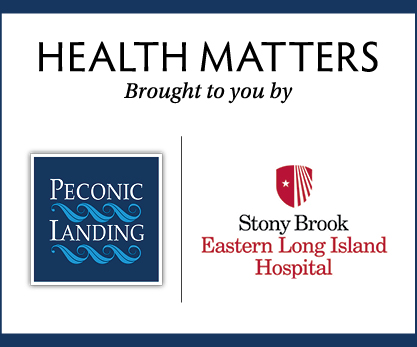
What You Need to Know About Vascular Health
Our arteries and veins run through our body doing extremely important work, carrying oxygen and nutrients to our tissues and helping to take away waste products. But, for 8.5 million people in the United States, this process is disrupted by the presence of peripheral vascular disease.
Arteries are the high-pressure blood vessels that go from the heart to the rest of the body, while veins are the lower pressure vessels that return blood to the heart. Vascular disease can affect either type of vessel in many different ways, such as clogging of arteries or weakening of veins. Dr. George Koullias, MD, PhD explains all you need to know about vascular health and disease.
What is vascular disease? Vascular disease occurs when blood flow in the blood vessels slows down for a variety of reasons, making it hard for oxygen and nutrients to get to the tissues throughout your body. These changes can happen gradually or suddenly. For example, gradual clogging of the arteries can be caused by cholesterol, diabetes or smoking. Some diseases, including COVID, can cause the acute closure of arteries or veins. These diseases cause the formation of clots, stopping the blood flow suddenly. Vessels can also become weakened. For example, aneurysms occur when an artery balloons because of ongoing damage and can rupture. Varicose veins are weakened and enlarged veins that no longer bring blood to the heart as effectively as they should.
What are symptoms of vascular disease? There are three main symptoms of vascular disease to look for, according to Dr. Koullias. The first sign that there may be clogging in the arteries is pain in the lower legs while walking (even short distances), also known as claudication. Second is “rest pain,” a constant pain in the feet and calves, which is an indication of a more severe disruption in the arteries. Third, having a wound that won’t heal is one of the most alarming signs, because it shows a lack of blood flow, oxygen, and nutrients. Another sign may be swelling of the legs and/or feet.
What should a patient expect when visiting a vascular surgeon? A vascular appointment can include an examination of the upper and lower extremities, ultrasound and possible procedures Today, 80-90% of vascular procedures are minimally invasive. “Most of my patients can go home within seven hours,” says Dr. Koullias.
How can we prevent vascular disease? There are many ways to prevent vascular disease. Don’t smoke. Try to control your weight. Lower your cholesterol by avoiding animal fat. “Anything that has four legs, when eaten in high quantities, can hurt us,” says. Dr. Koullias. And the most vital preventative measure is to stay active. “Fast-paced, long distance, uninterrupted walking is so important.” You can also use a treadmill or stationary bicycle.
Dr. Koullias has offices in Mattituck, Riverhead, Center Moriches, Hampton bays and Southampton. To schedule an appointment with Dr. Koullias call (631)-444-8377.

